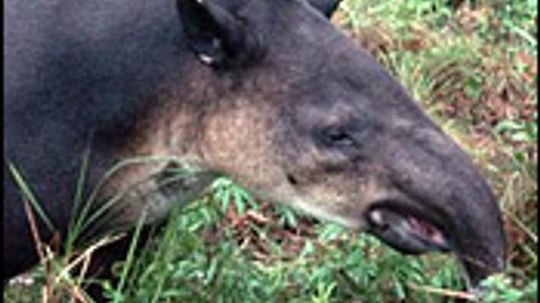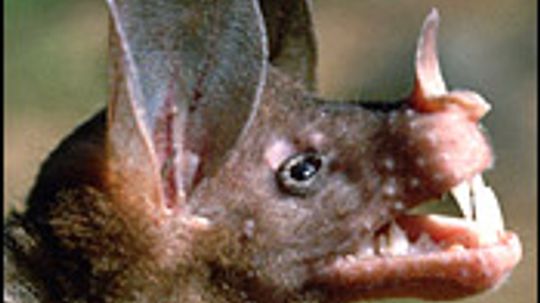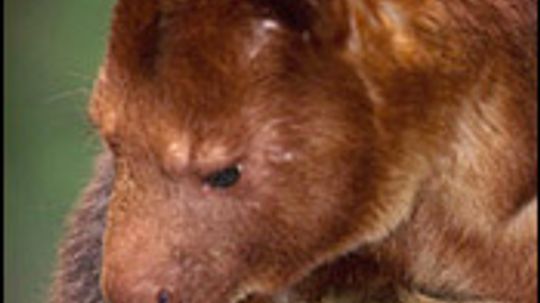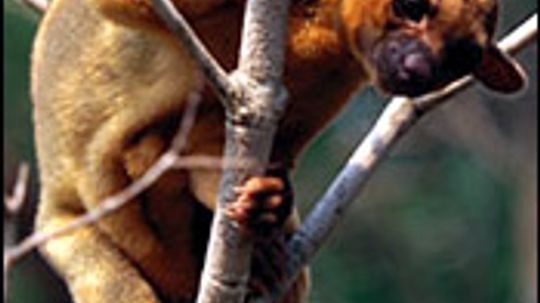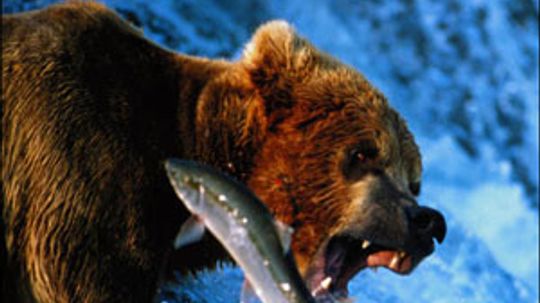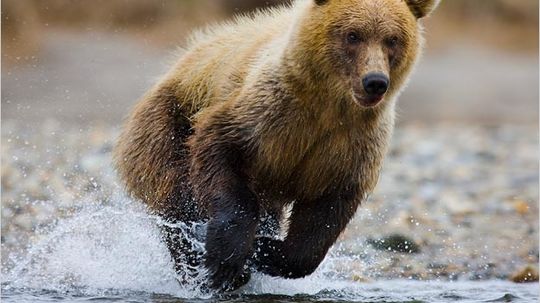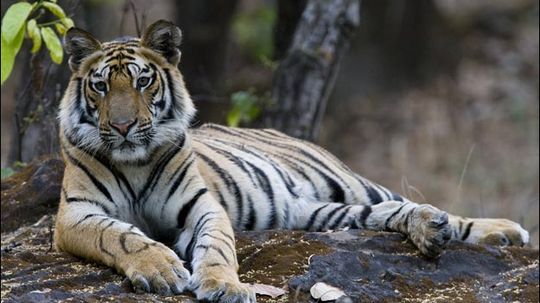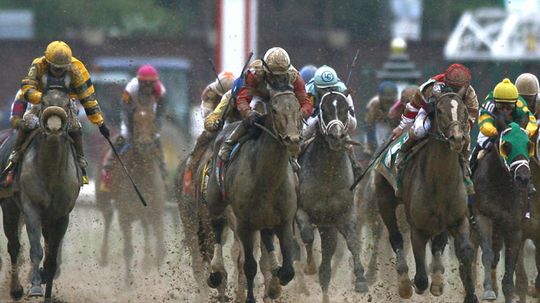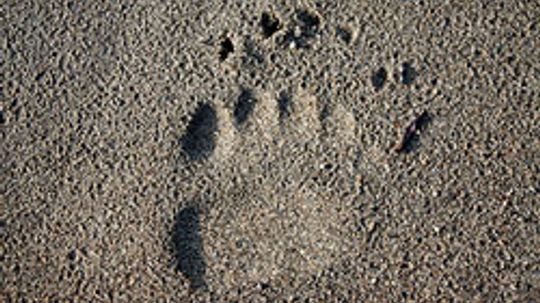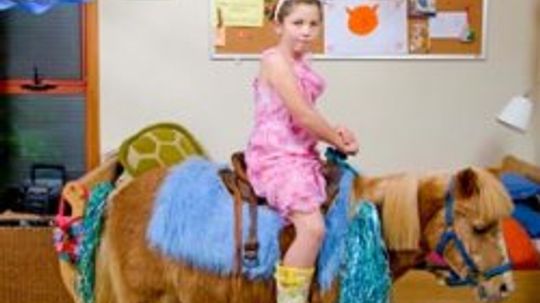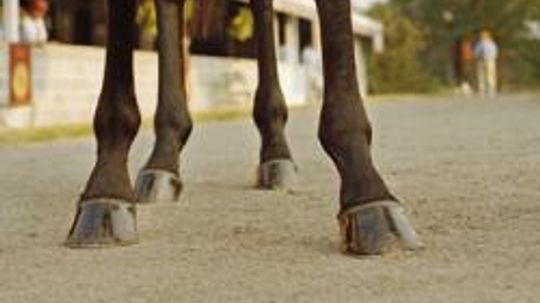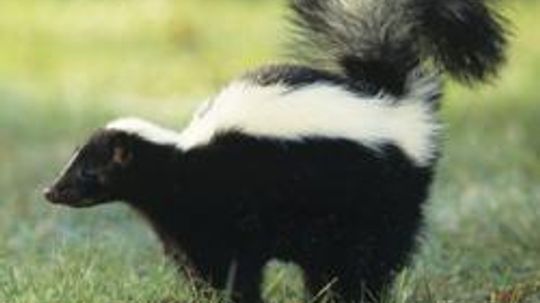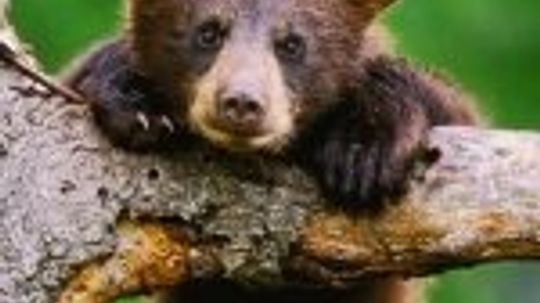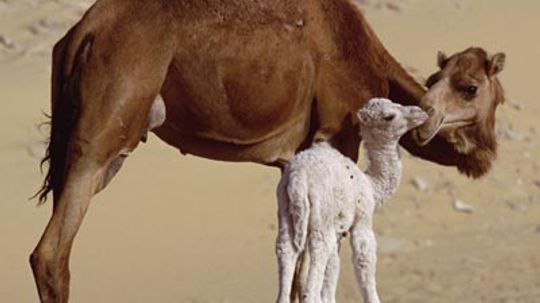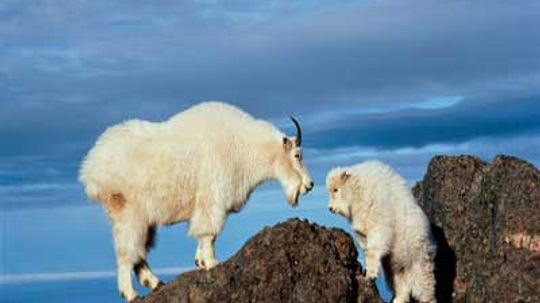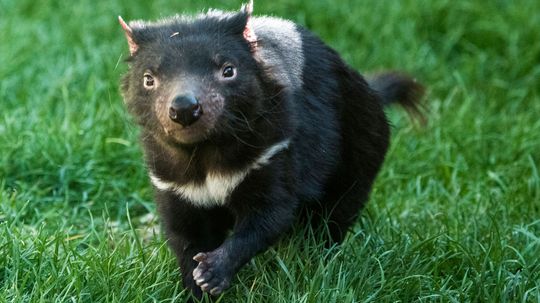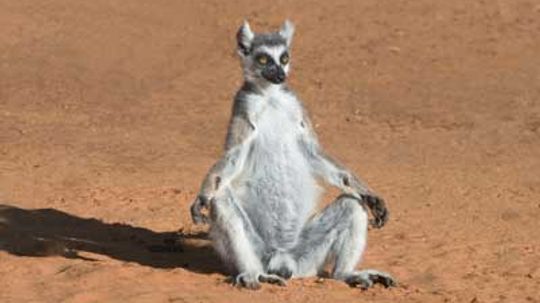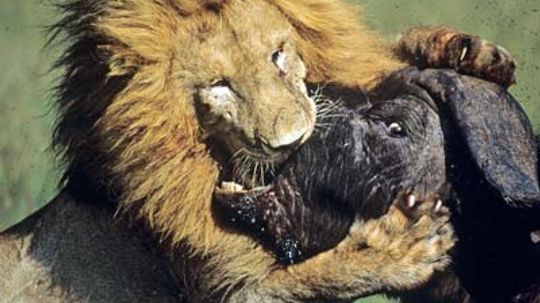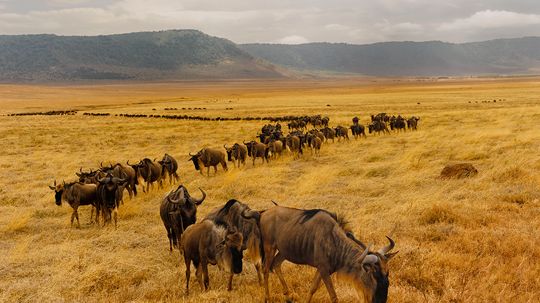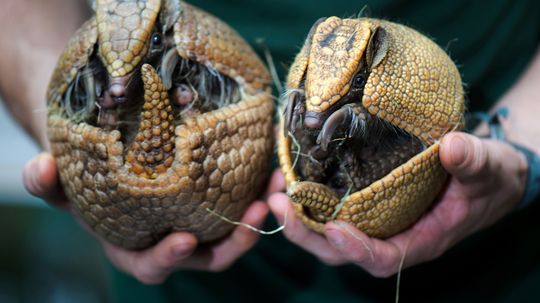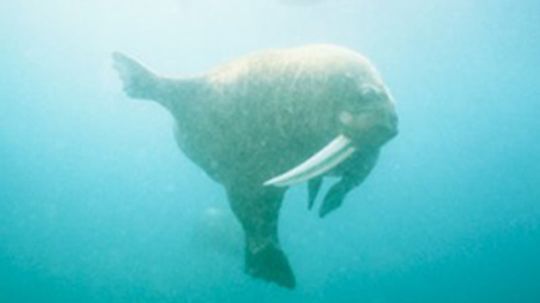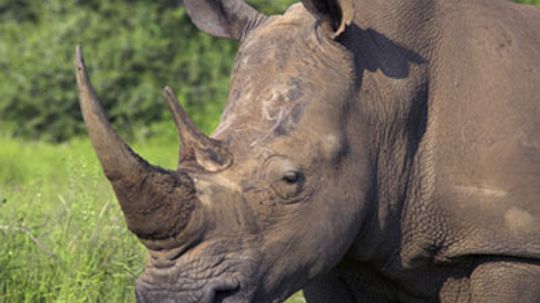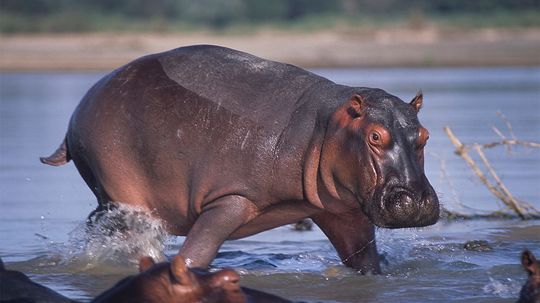Mammals
Scientifically-speaking there are 11 mammal groups, and most Mammals are warm-blooded, have body hair, give live birth and nurse their young with milk from mammary glands. Check out these articles about all kinds of mammals.
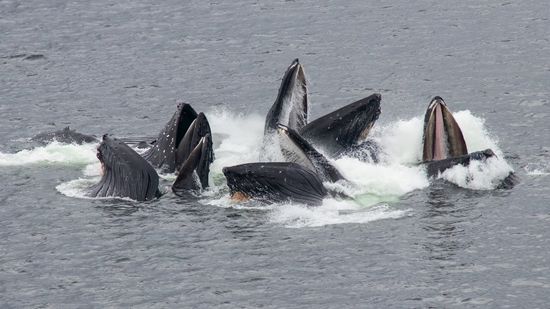
What Is a Group of Whales Called? Pods, Gams, Herds (but Not Schools)
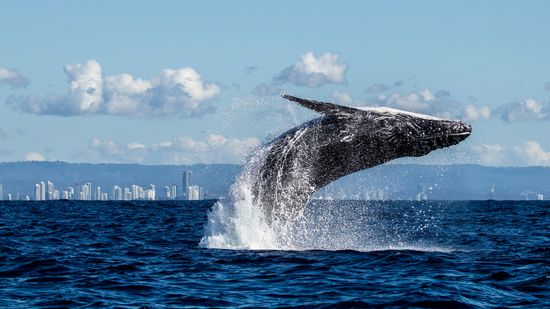
How Often Do Whales Come Up for Air?
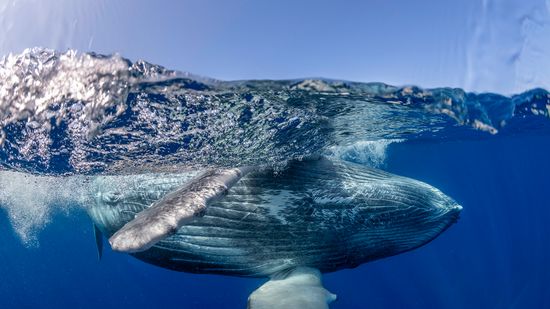
How Do Whales Sleep? They're Always Half Awake (Literally)
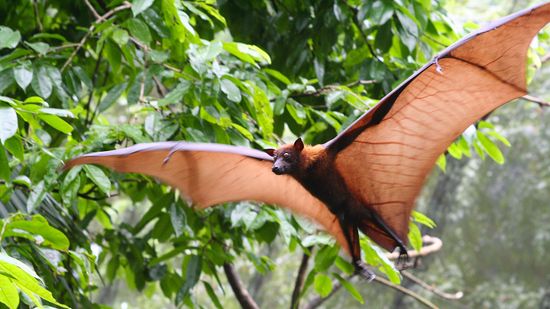
The Largest Bat in the World Has a Wingspan Over 5 Feet
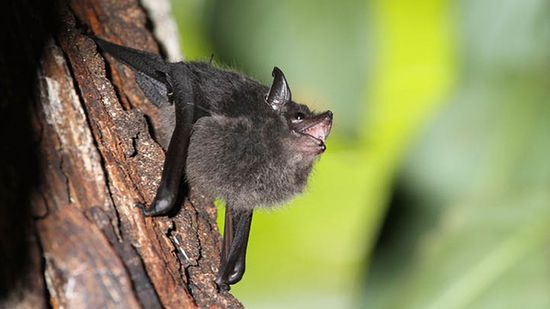
Baby Bats Babble With Moms, Hinting at Human Language Development
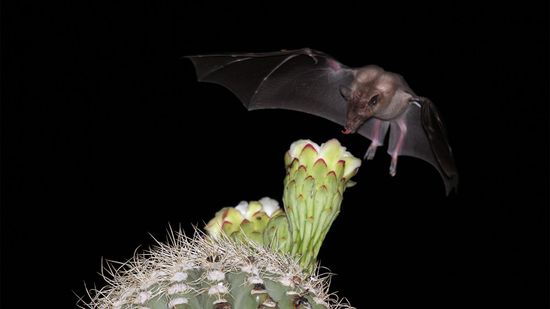
Fruit Bats Are the Best Pollinators (and Suppliers of Tequila)
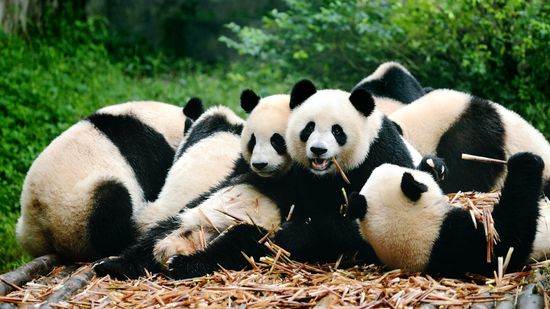
What Is a Group of Pandas Called? We're Blushing
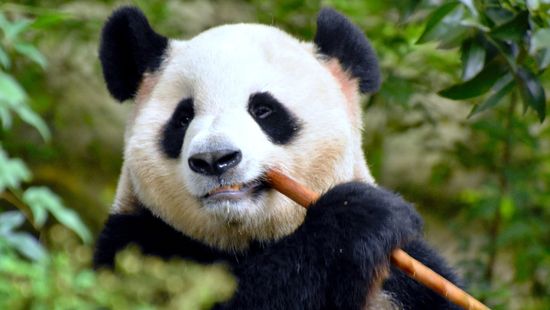
What Do Pandas Eat (Other Than Bamboo)?
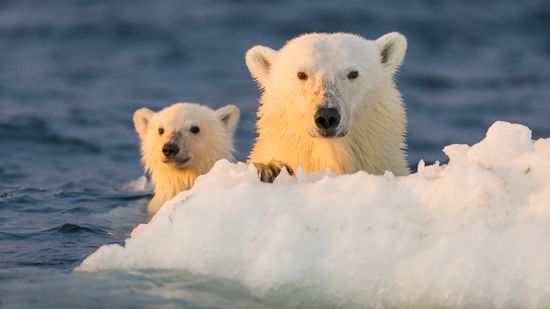
Polar Bear vs. Grizzly Bear: Which Bear Is Bigger and Tougher?
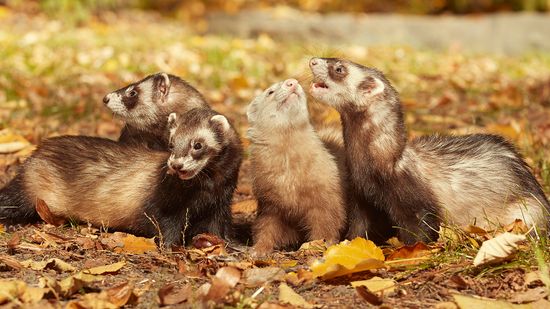
What Is a Group of Ferrets Called? You're Such a Busybody
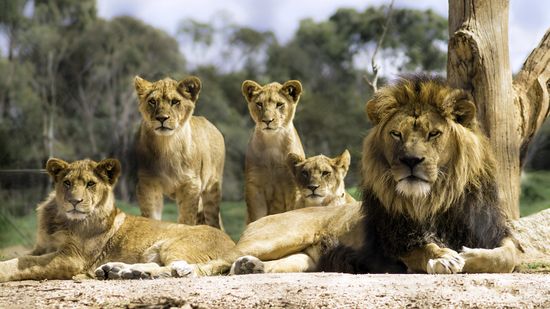
What Is a Group of Lions Called? 'Pride Rock' Makes So Much Sense Now
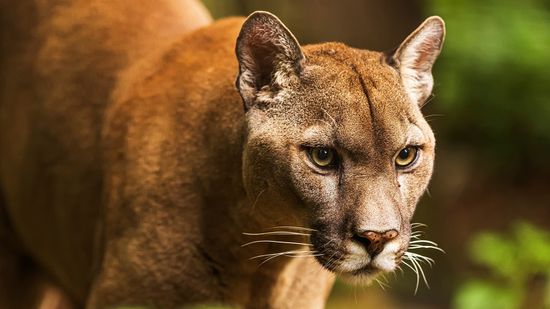
Panther vs. Cougar: Different Names for the Same Cat
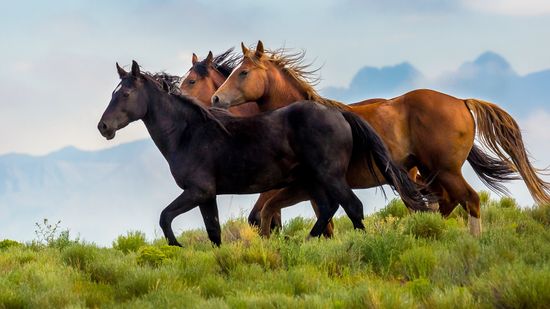
Where Do Horses Originate From? Not Europe, Not Asia
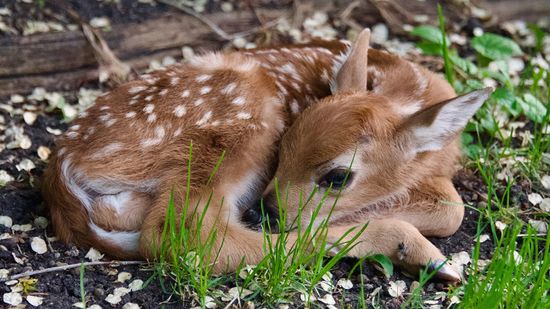
What Is a Baby Deer Called? (Aside From Adorable)
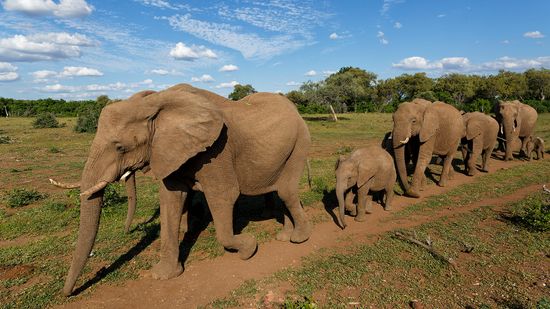
What Is a Group of Elephants Called?
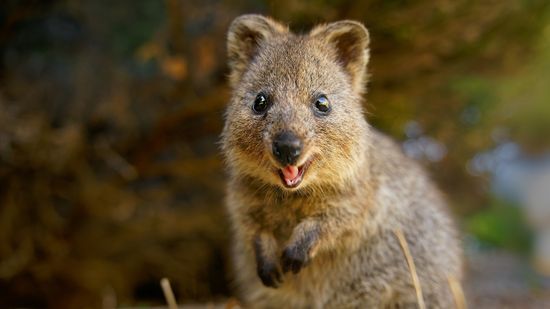
The Happiest Animal on Earth Is the Quokka
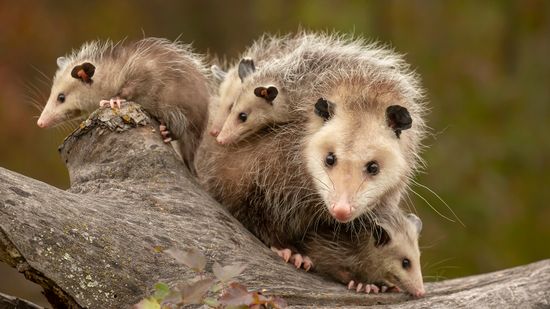
What Do Possums Eat? Most Things, It Turns Out
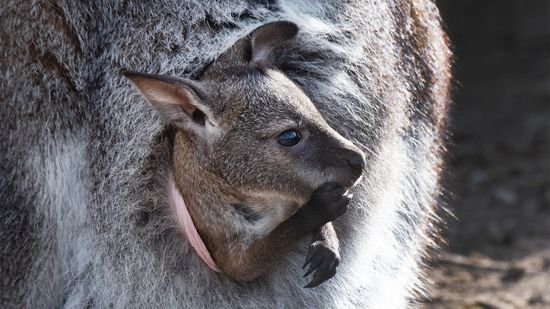
What's It Like Inside a Kangaroo's Pouch?
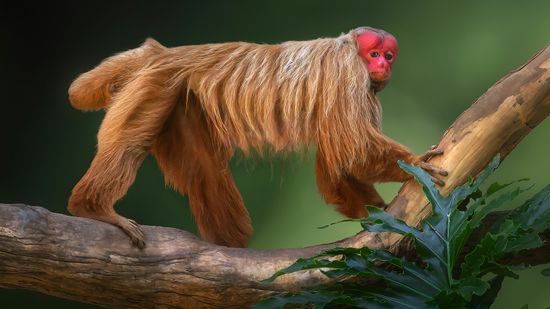
10 'Ugliest' Monkey Species: Unconventional Beauty in Primates
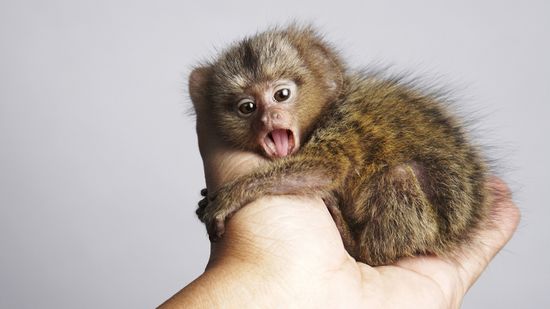
The Tiny Finger Monkey Gets Lonely Without Its Family
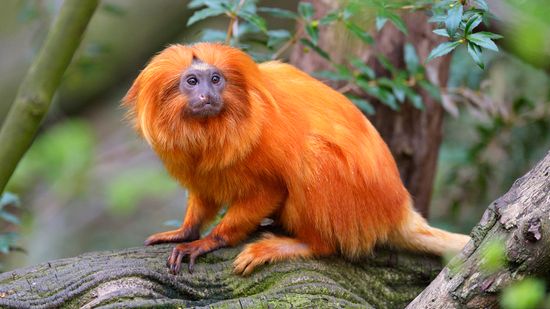
15 Types of Monkeys Climbing Trees All Around the World
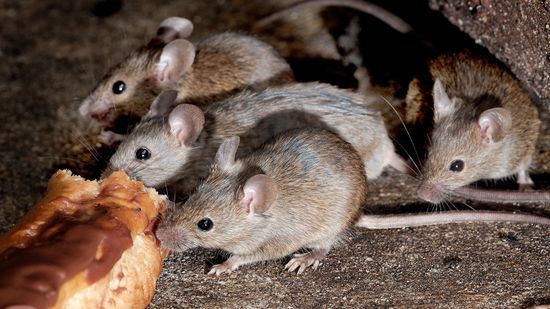
What Is a Group of Mice Called? Not Always a Colony
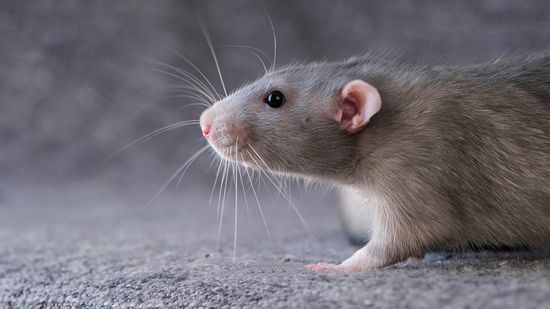
Rat Poop vs. Mouse Poop: Important Differences for Pest Control

Groundhog vs. Gopher Habits and Identification
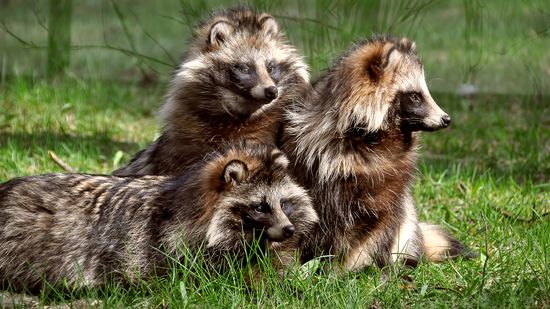
How Can Tanuki Be Both Real and Mythological?
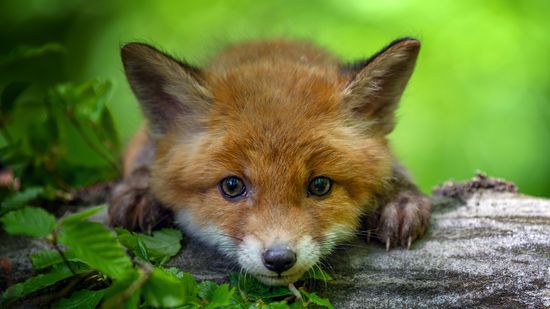
What Is a Baby Fox Called? Kit vs. Cub vs. Pup
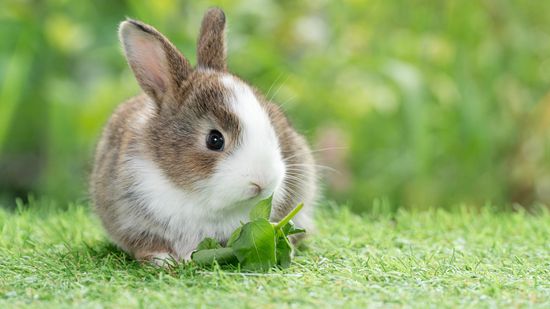
Hare vs. Rabbit Differences: Ears, Speed, and Social Behavior
Learn More / Page 13
As with other tapirs, the short trunk of the Baird's tapir is composed of nose and upper lip. The tapir uses its trunk to pick up grasses, leaves is and fruit and carry them to the mouth.
The largest bat in the New World and the only species in its genus, Vampyrum spectrum was once thought to drink blood.
In this guide to the Goodfellow's Tree Kangaroo, you'll learn cool facts about its habitat, unique behaviors and it's converstation status.
Advertisement
In this guide to the Kinkajou, you'll learn cool facts about its habitat, unique behaviors and it's converstation status.
What do bears do during the year? Check out this article to learn about behavior of bears from January to December.
The brown bear, the grizzly, and the Kodiak bear are all part of the brown bear species. Learn about the Brown Bear in this article.
Learn all about tigers with these HowStuffWorks Tiger Facts!
Advertisement
The eastern gray squirrel's natural habitat is the hardwood oak, hickory is and walnut forests of eastern North America, where its numbers are controlled by resource availability and predators such as bobcats, owls is and foxes.
Thoroughbred horses aren't just pretty; they're the end result of centuries of breeding and record-keeping. Where did Thoroughbreds come from -- and why are so many so determined to keep them pure?
By Josh Clark
You want to track a bear, but don't know how to do it. Learn about how to track a bear in this article.
You'd like to learn how to ride a pony at a canter. Read here to find out about how to ride your pony at a canter.
Advertisement
You're friends have told you that it's not hard to learn how to gallop on a horse. Read here to learn how to gallop on a horse.
You'd like to trap the skunk in your backyard, without getting sprayed. Find out here how to trap a skunk without getting sprayed.
Check out these adorable pictures of baby bears and see if you can handle the cuteness!
Most jackals have the same nuclear family as the one portrayed in "Leave it to Beaver" -- a father, a mother and the kids. So do Mama and Papa jackal call a babysitter when they want date night?
Advertisement
We all know that the humps on a camel help it to survive in the harsh desert environment. What exactly is inside the hump of a camel? Does the hump store water? Find out the answer to these questions in this article from HowStuffWorks.
Humans have a peculiar knack for naming animals based on their doppelgangers instead of their biology. Sea horses aren't really horses is and koala bears aren't exactly bears. So what's the deal with mountain goats versus true goats?
Tasmanian devils are scrappy little marsupials with jaws as strong as tigers'. But a deadly form of cancer is threatening to annihilate the species. Can the devils be saved before it's too late?
By Alia Hoyt & Cristen Conger
A long, long time ago, lemurs lived all over the world. But something happened to kill them off - everywhere except in Madagascar. How did the island protect them from extinction?
Advertisement
Lions aren't known for their tendency to pass up a big, juicy steak. So if you're an African buffalo, how can you keep your hide intact?
By Tom Scheve
Ever heard that the grass is always greener on the other side? While we may think of it as a quaint proverb, wildebeests abide by it. In fact, their entire lives' purpose is dedicated to finding the greenest, freshest patch of grass.
Remember practicing the stop, drop and roll drill in school? If you were an armadillo, rolling up into a tight little ball would be second nature. But how do these armored creatures tuck every last square inch of themselves into a sphere? And why?
Whether you're sleeping on a water bed or napping during a rainstorm, water has a calming effect. Walruses also make use of soothing waves, but why don't they drown when catching submerged shut-eye?
Advertisement
Those of us who wear glasses will just stew in our own astigmatic juices if we're called "four eyes." Nearsighted rhinos, however, use their pointy horns for payback.
A hippo doesn't need to lumber to the local drug store and buy sunscreen; it can make its own. And the method is pretty ingenious.
